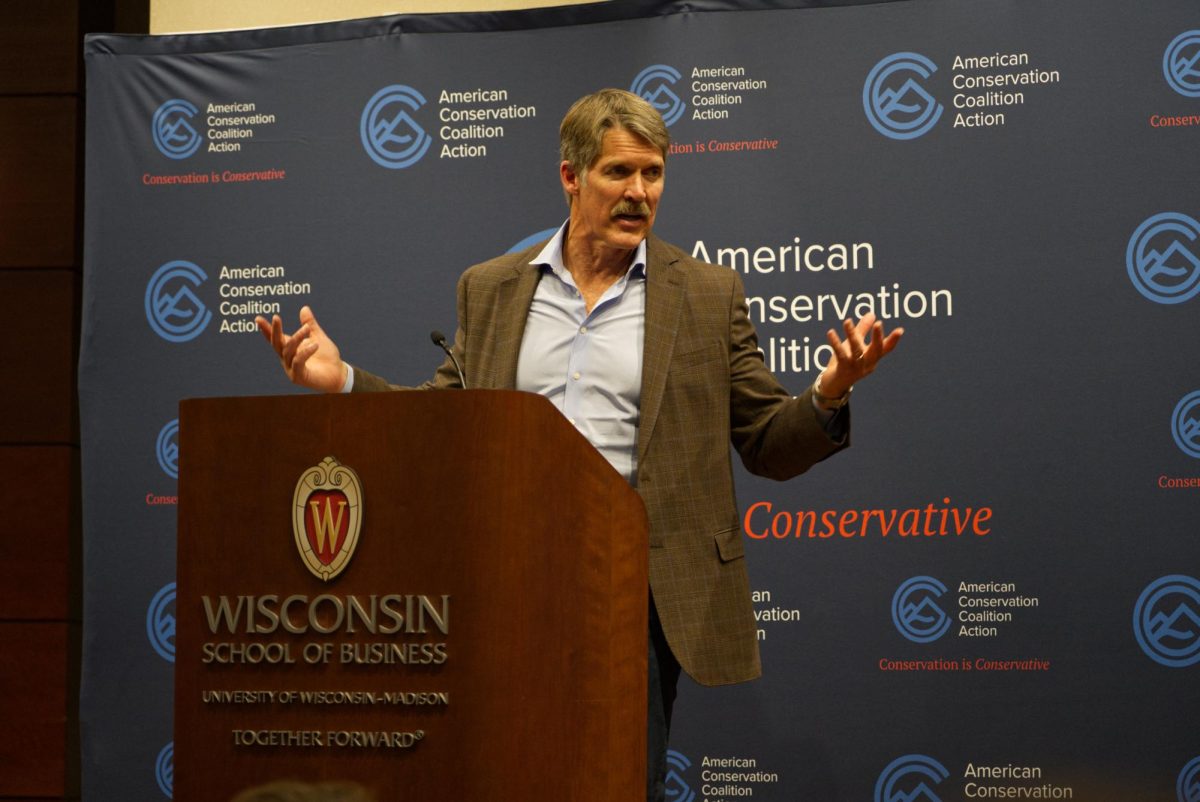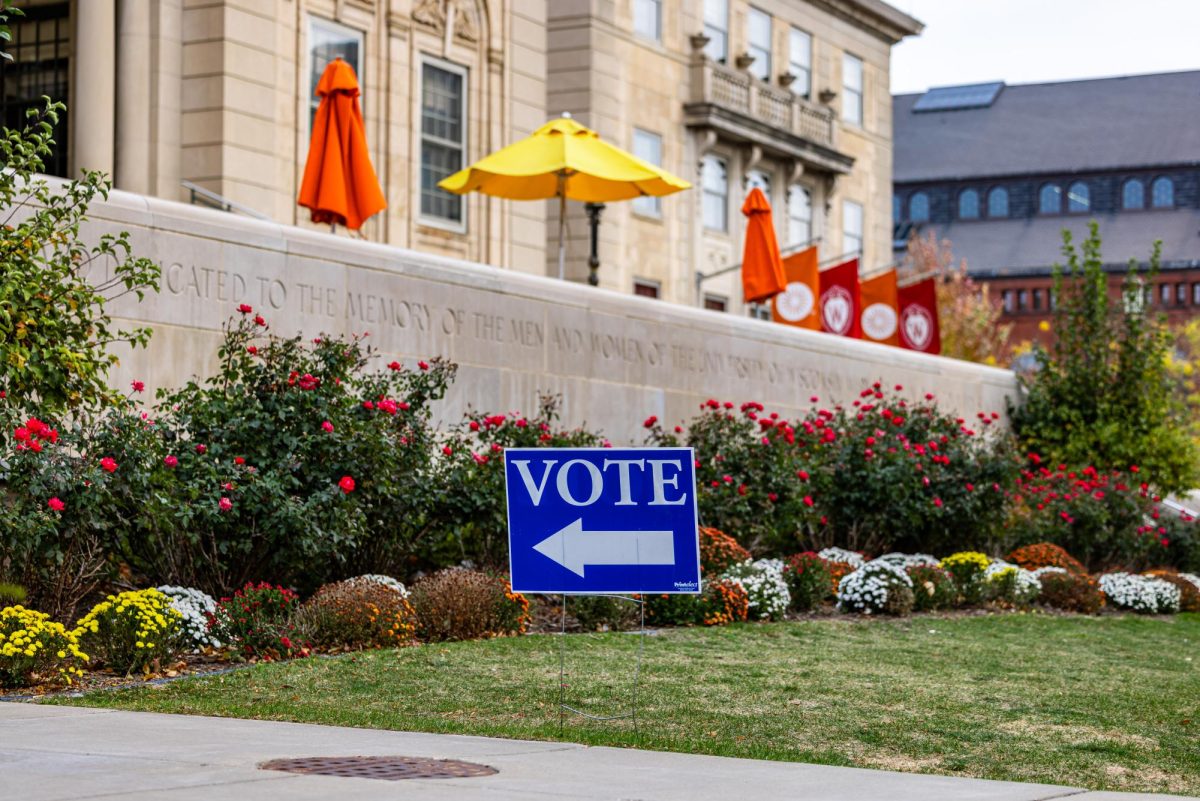A report published Tuesday unveiled Wisconsin has the largest gap in well-being between white and black children.
The ‘Race for Results’ report, issued annually by the Annie E. Casey Foundation, investigates the “intersection of children, opportunity, race and immigration,” according to the report’s official text.
In a news release detailing the report’s results, the foundation said poverty, limited or poor education and family separation can be barriers to healthy childhood development. According to the findings, immigrant children and children of color face these issues on a scale disproportionate to white children.
The foundation rated well-being on a scale of 1 to 1,000 by measuring 12 indexes across racial categorizations. These indexes measured issues related to public health, primary and higher education, family dynamics and poverty. Higher scores were correlated to higher degrees of well-being.
New Go Big Read looks to prompt discussion on psychological impact of life in poverty
Nationally, the report found white children to have a well-being of 713, while the well-being of black, Latino and Native children was scored in the low-400s to high-300s. Black children received the lowest score, at 369.
When these results are narrowed to include only Wisconsin, the gap between these scores diverges even further. White children in Wisconsin received a well-being score of 762, which is 49 points higher than the national score. The well-being of black children, however, was reported at 279, which is 90 points below the national average.
As the data show, a gap of 483 points exists between the well-being of white children and the well-being of black children in Wisconsin. The report found this gap to be the largest of all 50 states.
Smaller but similar gaps exist between white children in Wisconsin and other children of color. The report found a score of 439 for Latino children, 651 for Asian and Pacific islander children, and 520 for Native American children. The well-being of white children, with a score of 762, ranks more than 100 points higher than all of these groups.
Some other ethnic groups reported data lower than the national average. The state’s Asian and Pacific Islander score fell 132 points below the national average, while Native American well-being ranks 107 points higher than the national average. The well-being of Latino children was fairly consistent with national findings, falling only 10 points higher than the national numbers.
Nonet Sykes, the Casey Foundation’s director of racial and ethnic equity and inclusion, said in the news release this data show children of color, particularly immigrant children, face lower degrees of well-being and numerous barriers to success in the U.S.
“With children of immigrants and immigrant children comprising such a significant portion of the youth population, and our future workforce, it is critically urgent that we ensure they grow up with access to the support and resources needed to thrive,” Sykes said.














